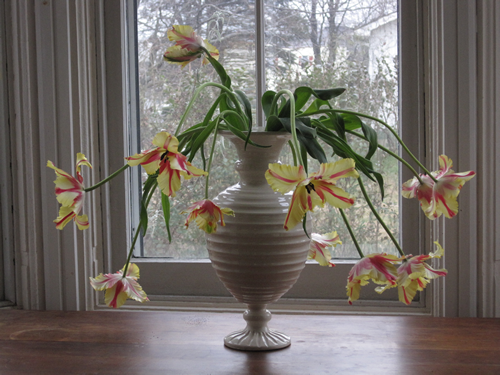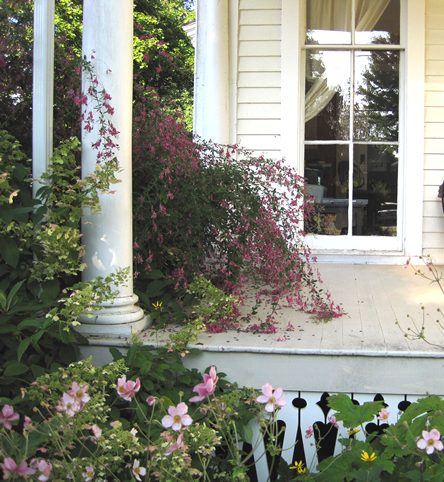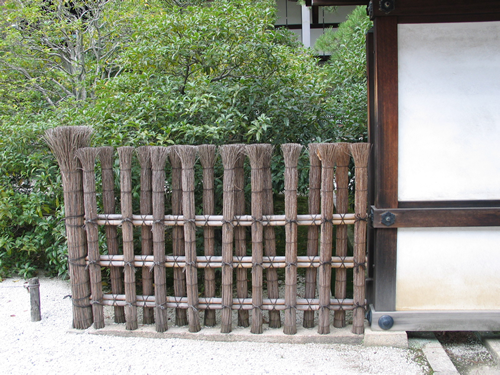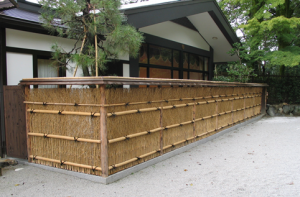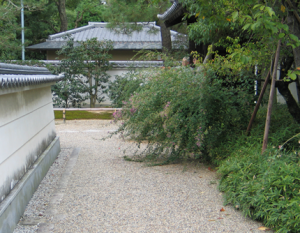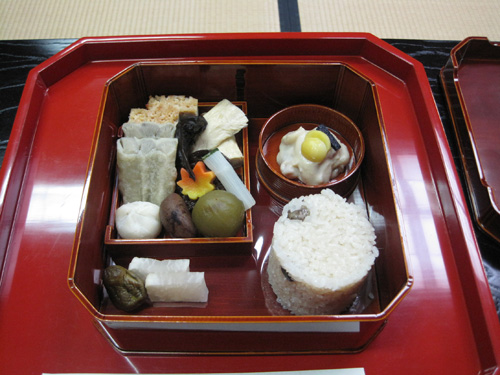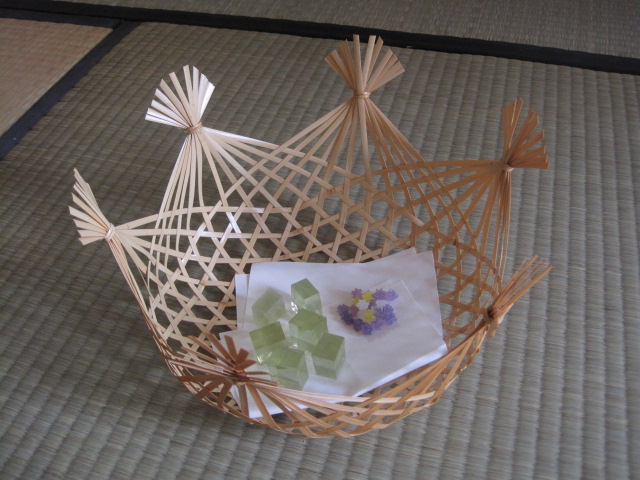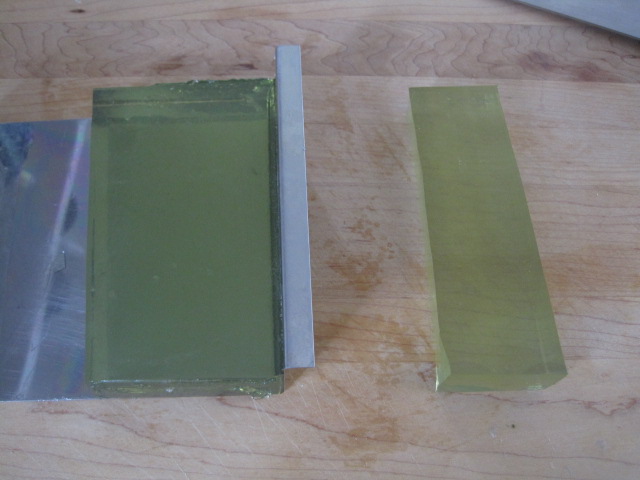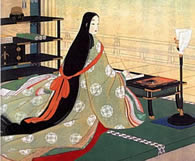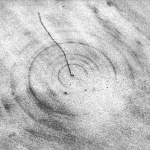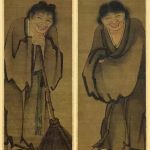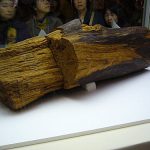A beautiful woman
It was hard to find what Sei Shonagon would say about a woman living on a dairy farm in Dutchess County, New York in the 1970’s.
This photograph of my mother was taken at Hardstone Farm, where we lived for over twenty years. It was a working dairy farm outside of Rhinebeck, NY. Here she’s in the lower field which flooded every spring. My sister and I love this picture because it shows her vibrantly alive, running in the muck of the fields and she is happy. Just out of sight her dog is chasing after her.
She didn’t shy away from adventure. When I lived in Colorado in the early 70’s (and she must have been in her 50’s), she drove her VW convertible Beetle across the country to visit. It was a long, hard drive and she camped out along the way with three fellow travelers who pitched in for the ride. You could do that in those days. She and I then drove her car down to Santa Fe through the four corners of Monument Valley to New Mexico because I wanted to share this amazing place with her.
She loved it. One night we were on the road to somewhere outside of Santa Fe and got lost. We were way out in the desert. It was summer. The convertible was down. The sky was a black bowl of stars twinkling endlessly. The road stretched straight ahead for miles and miles illuminated brightly by starlight and nothing else. There wasn’t a sign, a gas station, a motel, a city lit up in the distance. Nothing as far we could see.
We were hopelessly lost, but so completely enveloped by the perfect endless universe – that all of a sudden it seemed absurd to think we could be anywhere else but at home. We started to laugh and laugh. It was a kind of epiphany. We laughed so hard she couldn’t hold onto the steering wheel and had to stop the car. We didn’t even pull over because as far as we could see the road stretched before us and behind us with nothing in sight.
We were at home in the beautiful, vast universe that seemed to just swallow us up in it’s perfection.
Digging into the past
I was fascinated with the picture of this tree when I was a little girl. It hung in the stairway of my grandparent’s Boston home and shows all the different branches of my family since 1620.
The tree looks like it could be an American Chestnut. A native of the north eastern United States, it was able to grow 98 feet high, 9 feet in diameter and was one of North America’s most important forest trees until it suffered a terrible blight in 1904. It has almost become extinct.
Most of my ancestors would have known this tree. Resistant hybrids are making a comeback, so maybe in a few hundred years my family will again know and love this great tree.
My fascination as a kid was following the branches; seeing where they went and where they ended, kind of like a maze. I wanted to find the people I heard stories about, like the one about the soldier who stood up to look around in a corn field and was shot by Indians.
But now when I look at this tree I see my roots, not only the people but the culture and influences that made them who they were, and me who I am. I see names I’ve never heard of that come directly from the Old Testament – something I’ve never read and confess am quite ignorant about. Who were Benaiah, Penuel, Zebulon, Tirzah and Jedediah? My ancestors actually had these names!
I looked them up in the Old Testament and, of course, Google. To me, the Old Testament is like a census, or an old fashioned Ancestry.com, which yes – I did sign up for and have successfully traced hundreds of people though time. It’s another tree; following branches, searching for beginnings.
In the ninth month – Hagi
In one of the most poignant scenes of The Tale of Genji when Murasaki is dying, she writes her last poem:
“So briefly rests the dew upon the hagi
Even now it scatters in the wind.”
I associate Hagi with all the poetry and romanticism of Japan and it was one of the first things I planted in my garden. I love how it cascades over my front porch in the autumn.
Bush Clover ( Lespedeza Japonica), known in Japan as ‘Hagi’, is one of the seven grasses of autumn and is mentioned in hundreds of verses of the Manyoshu poetry anthology compiled in the 9th century. Hagi is associated with dew and fleeting qualities of life.
In the Hein period of Sei Shonagaon, clothing was formal and women wore many layers of kimono. Color combination of the layers was of prime importance and the names given to the colors were associated with nature, usually plants and flowers. There was a ‘Hagi’ combination of maroon over spring-shoot green, worn only in the autumn.
When I was in Japan I saw Hagi growing everywhere. Brushwood fences are even made from it’s branches.
Things worth seeing
I find it strange that Sei Shonagon doesn’t have a list for favorite foods in her Pillow Book. Certainly food is a compelling topic. But for her, ink or paper or the color of one’s dress is more noteworthy. She does list “Things worth seeing”.
Certainly the food in Japan would fit. The sweets, bento boxes and kaiseki meals are all visually amazing besides being incredibly delicious. I haven’t stopped longing for Kyoto Udon.
I will add Japanese food to my own list of “Things worth traveling for” or “Things about Japan that one longs for”.
Here are slides of some of the great food I had in Japan when I was last there. I notice that I use the word “best” over and over again when describing the photos. Every meal was the best. Every place we went was the best. Over and over again.
A basket for sweets
Three friends came for tea the other morning. Even at 10:30 the July heat was intense. My task in the tearoom was to create a feeling of coolness. Baskets are a wonderful way to do this.
I made the green sweets I called ‘Jewels of Moss’ which gives an image of a shady cool spot by a stream with soft green moss growing over stones. The little sweets to the right are called Kampeto, pressed sugar clusters.
This is a Japanese made basket. I don’t know the name of the maker. It’s modern and I found it at the Cooper Hewitt Museum in NYC. My guests loved it.
The sweets are easy to make. The ingredients are simple. Don’t be shocked by the amount of sugar.
11-13 g Kanten (agar agar)
1 3/4 C water
2 Cups sugar
flavor or color
1 – Kanten or “agar agar” is a type of seaweed sold in bars. Soak the Kanten in the water for about an hour.
2 – Bring the water and kanten mixture to a boil, then reduce to a very low flame and allow the mixture to simmer until all of the kanten has dissolved (around 15 minutes). It is important to keep the lid on the pot so as not to loose much moisture, but keep it ajar to insure the liquid does not boil over.
3 – Strain the kanten mixture through a sieve, into the sugar which you would have prepared in another pot.
4 – Cook on low to medium flame, watching carefully. Do not let this boil over. After about 15 minutes, small bubbles will form around the edges. Eventually, the mixture will become more viscous. It is the right consistency when little threads form between the fingers when you pinch a little of the hot mixture. If these threads break it is not done yet.
5 – Here is the point where you could add a little food coloring and flavoring. You can experiment with different flavors or fruit syrups. It is important to note that fruit juices will not work as the acid in the fruit causes the kanten to lose its ability to congeal. Liquors and wines (like plum wine) can also add a nice flavor, but the drying time will be longer.
6 – Pour into a pan or an empty, clean milk or juice carton. While the kanten is cooling take a piece of paper and skim off any bubbles that appear.
7- After one day or even a few hours the kanten will have set. Remove the jellied brick. If using the milk carton just tear it off.
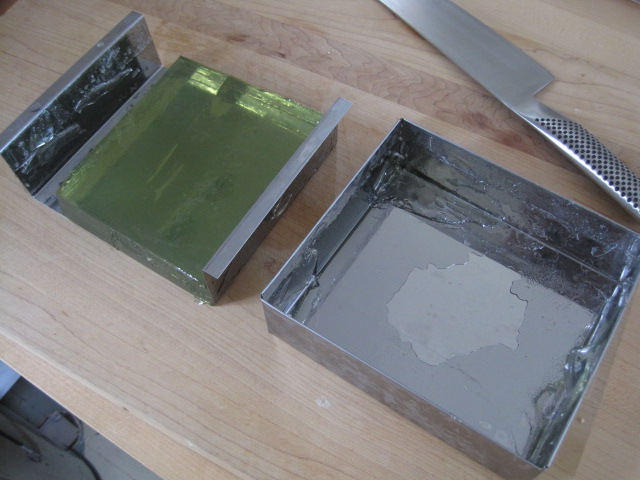
This is a Japanese pan with removable insert. I slid a knife around the outside of the Kanten to remove.
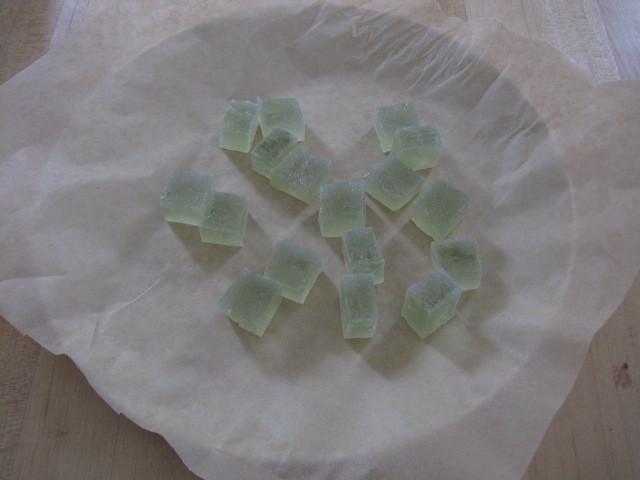
Put the cut crystals on parchment paper and loosely cover with a paper towel. Keep covered for two to three days. Turn the sweets every so often so that all sides get exposed to air. After a few days (depending on the humidity) the outside will get a sugary crunch coating.
After completely dry, you can store these sweets in a tin for up to 2-4 weeks.
In case you don’t want to make them, here’s a place that makes these sweets which they call Sea Glass. They look beautiful. Yume Asian Confections


